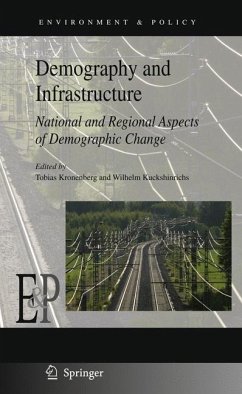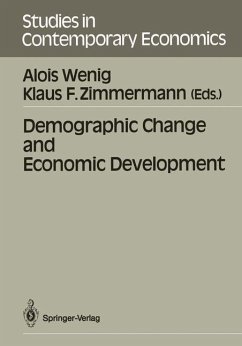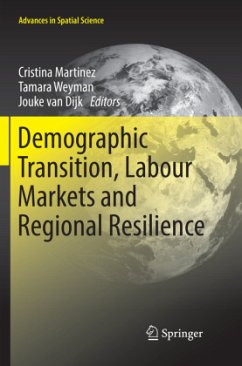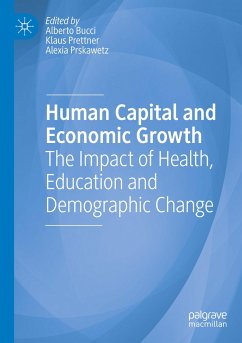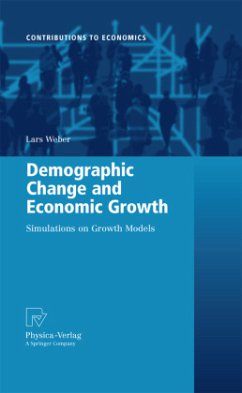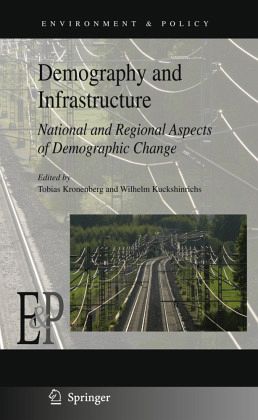
Demography and Infrastructure
National and Regional Aspects of Demographic Change
Herausgegeben: Kronenberg, Tobias; Kuckshinrichs, Wilhelm
Versandkostenfrei!
Versandfertig in 6-10 Tagen
76,99 €
inkl. MwSt.

PAYBACK Punkte
38 °P sammeln!
Population ageing has been going on for many decades, but population shrinking is a rather new phenomenon. The population of Germany, as in many other countries, has passed a plateau and is currently shrinking. Demographic change is a challenge for infrastructure planning due to the longevity of infrastructure capital and the need to match supply and demand in order to ensure cost-efficiency. This book summarises the findings of the INFRADEM project team, a multidisciplinary research group that worked together to estimate the effects of demographic change on infrastructure demand. Economists, ...
Population ageing has been going on for many decades, but population shrinking is a rather new phenomenon. The population of Germany, as in many other countries, has passed a plateau and is currently shrinking. Demographic change is a challenge for infrastructure planning due to the longevity of infrastructure capital and the need to match supply and demand in order to ensure cost-efficiency. This book summarises the findings of the INFRADEM project team, a multidisciplinary research group that worked together to estimate the effects of demographic change on infrastructure demand. Economists, engineers and geographers present studies from top-down and bottom-up perspectives, focusing on Germany and two selected regions: Hamburg and Mecklenburg-Western Pomerania. The contributors employed a broad range of methods, including an overlapping-generations model for Germany, regional input-output models, an energy systems model, and a spatial model of the transportation infrastructure.





